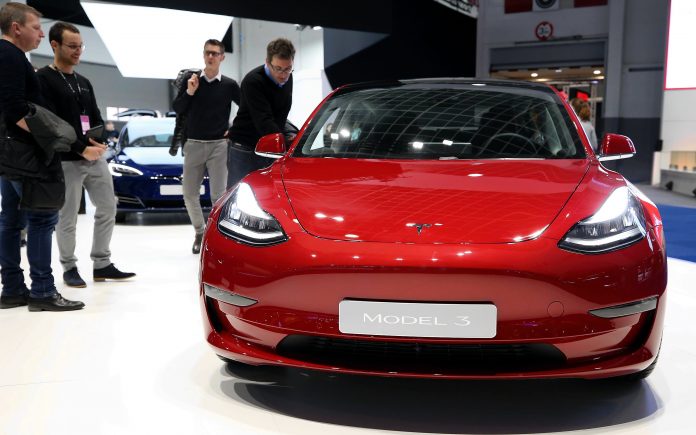“The year for active management.”
That’s how Doug Yones, head of exchange-traded products at the New York Stock Exchange, characterized 2020 in a recent research note on the state of the industry.
So far, that has proven out as ETFs continue to grow in number. There were 2,639 ETFs in the United States with over $4.3 trillion in assets under management as of June 30, according to the NYSE’s research.
By the end of the second quarter, 56 actively managed ETFs had come to market, almost half of all the ETF launches in 2020.
“Investors want more than just active management. They want exposure to innovation.”
Renato Leggi
Client Portfolio Manager, Ark Invest
One of this year’s active management success stories has been Ark Invest, known for its sky-high price targets for the stock of Tesla. Ark’s assets under management have grown 67% year to date, according to New York Life. Its popular Ark Innovation ETF (ARKK) is the largest actively managed equity ETF on the market with nearly $6 billion in assets.
“We’ve had record-breaking inflows into our actively managed ETFs so far this year,” Renato Leggi, client portfolio manager at Ark, told CNBC’s “ETF Edge” on Monday. “Ark now has 30% market share of all the actively-managed equity ETFs, which suggests that investors want more than just active management. They want exposure to innovation.”
Ark’s ETF suite focuses on just that. Its fund-runners track five distinct investment categories they see as “innovation platforms,” Leggi said: DNA sequencing, robotics, energy storage, artificial intelligence and blockchain technology.
Ark believes all five “will create multitrillion-dollar opportunities over the next 10 to 15 years,” Leggi said.
“These disruptive technologies are experiencing an acceleration in adoption in this current environment, and the companies within our ETFs are gaining significant market share and outperforming the broader market,” Leggi said. “The disruption that’s caused by these innovative companies like Tesla and Square are making it critical for investors to allocate to innovation in their portfolios and we see this as just the beginning of this trend.”
“These are the next group of FANG stocks, we believe, that will be part of the broader-based indices.”
Tesla is ARKK’s top holding, accounting for about 10% of the portfolio. Square is No. 2, holding at an 8% weighting, followed by genetics companies Invitae and Crispr Therapeutics at 7% and 6%, respectively, and Roku at 6%.
In some ways, Ark’s holdings give investors “forward-looking exposure” as these companies’ technologies disrupt industries, Leggi said.
“We have zero FANG exposure right now in our portfolio. These are the next group of FANG stocks, we believe, that will be part of the broader-based indices,” he said. “It also serves as kind of a hedge against the potential disruption happening in those core portfolios.”
To Harry Whitton, whose Old Mission Capital firm provides liquidity for ETF issuers, Ark’s success could bring about even more growth in the actively managed ETF space.
“I like the Ark story. I’ve been following it for years,” Whitton said in the same “ETF Edge” interview. “As a market maker we get asked a lot of questions by existing issuers and new issuers, and they are all talking about Ark and what they’re doing. And I think you’re going to see more active managers come, and … we’re going to see if they really can do it going head to head. They’ve been shying away from the ETF platforms.”
GTS principal Reggie Browne, who is sometimes known as the “godfather of ETFs,” largely agreed, saying that major market reversals tend to play in favor of active managers.
“You’re always going to have the room to bring active management equity into the marketplace,” he said in the same interview. “That’s what it’s been traditionally. ETFs are just catching up to it from an equity standpoint.”
With more nontransparent ETFs now in the mix — which some see as a draw for active managers who prefer to hide their stock picks to avoid getting front-run — the expansion is already underway, Browne said.
“I think you’ll see a lot of growth in the active-equity space utilizing either a transparent vehicle to deliver those views or a nontransparent vehicle over the next, call it, 18 months or so.”
Even though Ark’s ETFs are transparent, adoption of any kind of active ETFs should help the overall industry, Leggi said.
“Asset managers that are coming on board and bringing those ETFs to market are actually educating the market on how investors can buy these actively managed strategies in a more tax-efficient and lower-cost wrapper compared to mutual funds,” he said. “So, we think this will help accelerate the transition away from active mutual funds to active ETFs.”
